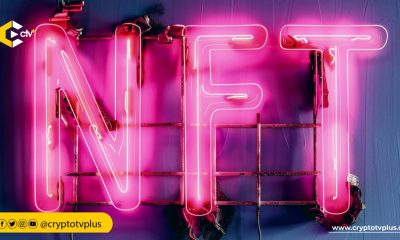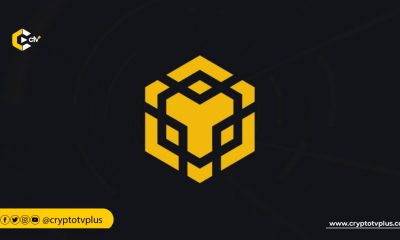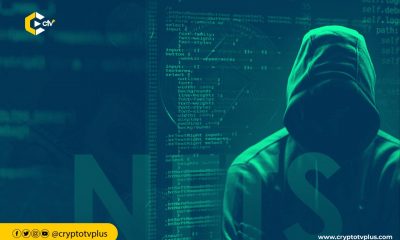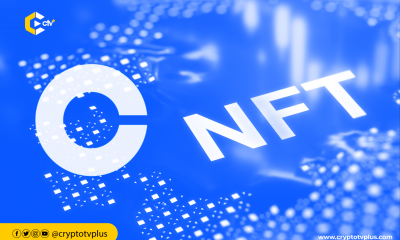NFT
What you should know about NFT Floor Price

NFT Floor Price is the lowest price or minimum cost of an NFT within a collection. It represents the lowest amount a buyer can spend to become the owner of an NFT within a specific project.
The floor price of an NFT is most times determined by two categories of people. Firstly, by the individuals who own an NFT project when it is just newly minted. And secondly, by NFT holders who list it on a secondary marketplace. NFT holders in most cases list their NFTs higher than the initial floor price to maximize profits.
Sometimes, NFT holders may decide to reduce the cost of floor price just to free up liquidity in the marketplace. An unexpected decline in a floor price may suggest an NFT project losing traction.
The Floor Prices metric
The use of floor price as a metric in evaluating the value of an NFT is an important concept for both buyers and sellers of NFTs. The higher the floor price, the more valuable the NFT collection is seen as.
When NFTs owners willingly make their floor price go lower, this may be seen as a sign for buyers that there may be a loss of hope in that particular project by its members. While on the flip side, the rise in floor price may signify that members trust in the project and are unwilling to reduce costs.
Though the NFTs floor price is a key metric in predicting what to expect from a project, it is important to be mindful of completely relying on it.
Floor Price Manipulation
An indication of a floor price manipulation can be when a ‘sweep the floor’ occurs. Sweep the floor is a term used in referring to when all the digital assets in a collection are purchased.
When project owners purchase all of their collections at the floor price, it’s seen as a sweep the floor. Similarly, when buyers sweep the floor, it means they bought all the available collections in that project.
In a bid to make an NFT look more valuable, the demand can be fabricated. This happens when a person or a group strongly buys out a new NFT project. This is especially true when an NFT project has just been minted. After the sweep, the buyer will then sell these NFTs at a higher floor price.
That is why it is important for people willing to join an NFT project to do their due diligence and review previous transactions of the NFT to avoid falling victim to price manipulation.
Reasons Behind Irregularities of Floor Price
Some of the reasons why floor price fluctuates include:
1. Demand for the NFT
An increase in the demand for an NFT collection will lead to a higher floor price. Also, a decrease in demand will yield a lower price floor.
2. The Reputation of the Creator
When the creators of an NFT are well-known, chances are that there will be an increasing interest from people because of an already existing trust between the creator and the people. Unlike a creator who nobody knows in the NFT space. People may be skeptical at times about buying a collection when the creator is largely unknown.
The creator’s prominence may then influence the floor price to go up for a higher price.
3. Collaborations
When influential personalities come together in releasing a collection, this may cause a stir among NFT fans thereby doubling the value of the NFT.
An example is the NFT media artist, Coldies’ collaboration with Snoop Dogg. They launched the ‘Decentral Eyes Dogg’ which was sold off for 188ETH.
Conclusion
Purchasing an NFT at its floor price might be of benefit to you. You have to also have in mind that it can lead to a loss for you, especially in cases where an NFT project sells out before you get to sell it.
Also, it is necessary to have a proper understanding of how NFT projects floor prices are determined before hopping on it to avoid floor price manipulation.
What do you think of this article? Share your comments below.

























Pingback: What you should know about NFT Financialization | CryptoTvplus: DeFi, NFT, Bitcoin, Ethereum Altcoin, Cryptocurrency & Blockchain News, Interviews, Research, Shows
Pingback: How to Mint and Trade NFTs on Opensea | CryptoTvplus: DeFi, NFT, Bitcoin, Ethereum Altcoin, Cryptocurrency & Blockchain News, Interviews, Research, Shows